What surrounds an animal cell?
A) Cell membrane
B) Cell wall
C) Cytoplasm
D) Nucleus
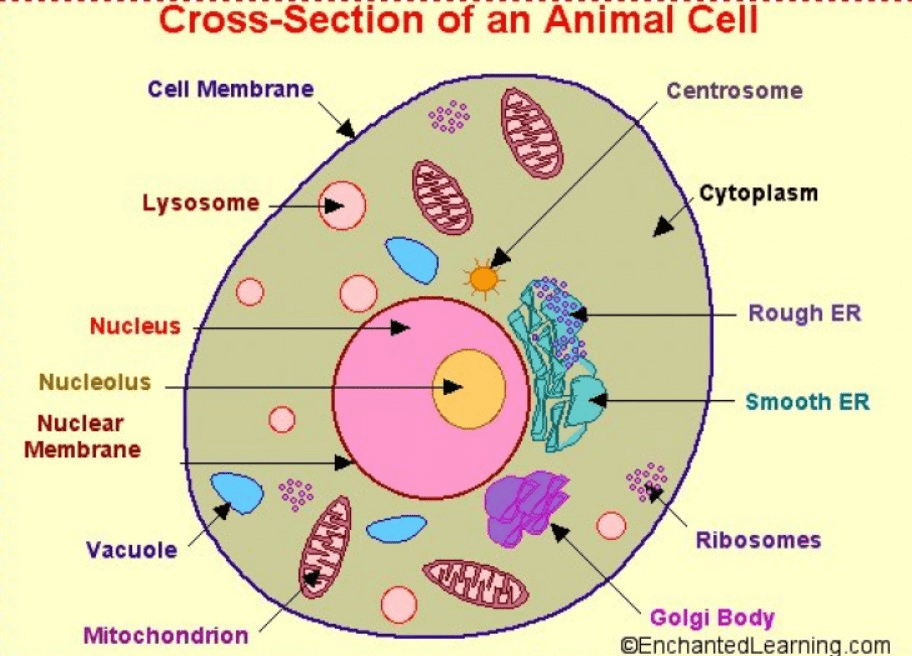
Answer:
A) Cell membrane
It is the brain of the cell.
A) Mitochondria
B) Ribosome
C) Nucleus
D) Cell membrane
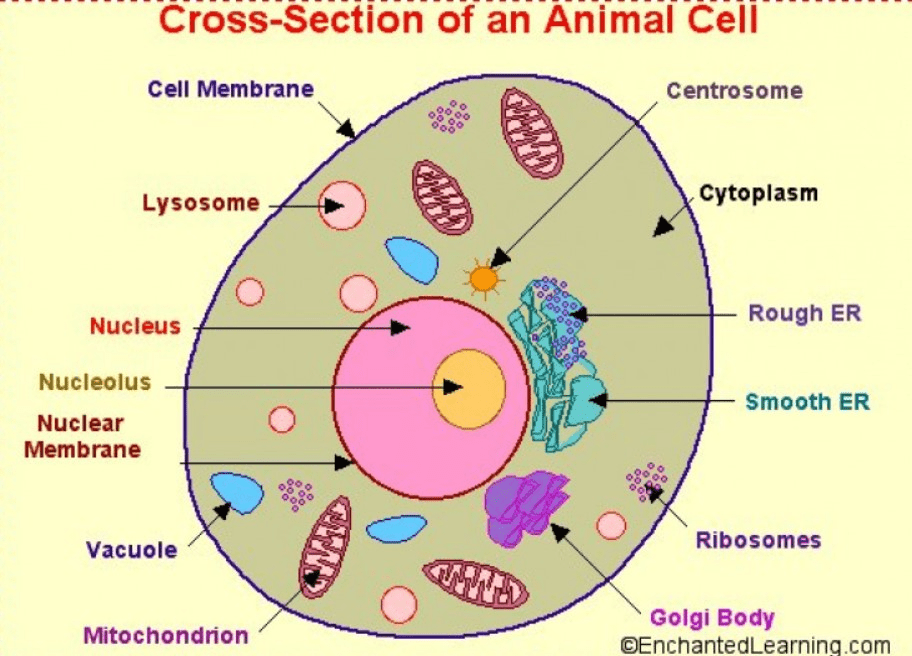
Nucleus
What science tool do you use to compare cells?
Answer:
B) Microscope
The gall bladder is a part of this organ system.
A) Circulatory system B) Digestive system
C) Nervous system D) Respiratory system
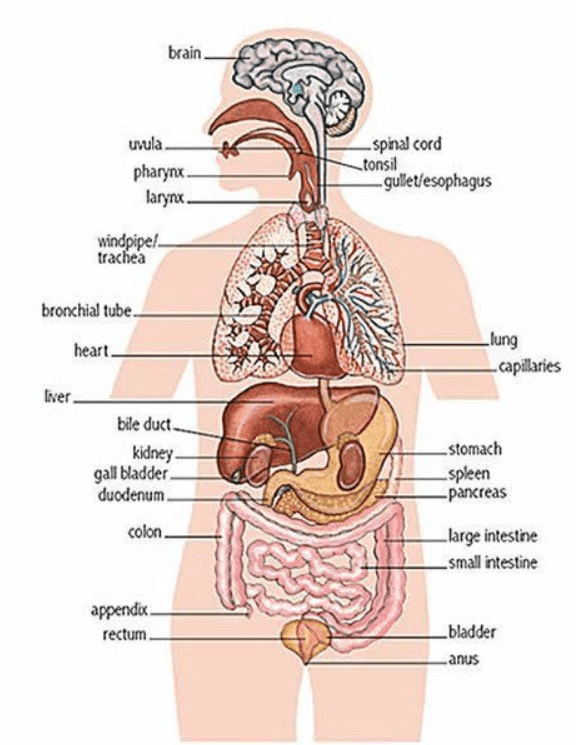
Answer:
B) Digestive system
What is the largest organ in the human body?
A) Heart
B) Skin
C) Brain
D) Liver
Answer:
B) Skin
The clear, jellylike substance that separates the cell membrane and nucleus is called what?
A) Cytoplasm
B) Chloroplast
C) Mitochondria
D) Nucleolus
Answer:
A) Cytoplasm
This scientist coined the term "cell," meaning "tiny room." A) Robert Hooke
B) Charles Darwin
C) Louis Pasteur
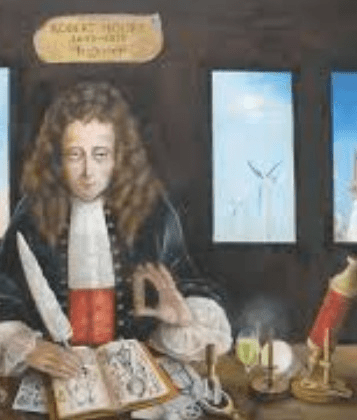
Answer:
A) Robert Hooke
Which three things are needed for your cells to remain healthy?
A) Exercise, Balanced Diet, Sleep
B) Video Games, Fast Food, Naps
C) Junk Food, Stress, Late Nights
D) Social Media, Soda, Sitting
A) Exercise, Balanced Diet, Sleep
This pipe-like tube connects to the lungs and brings in oxygen to be spread through the body.
A) Esophagus B) Trachea C) Spinal Cord
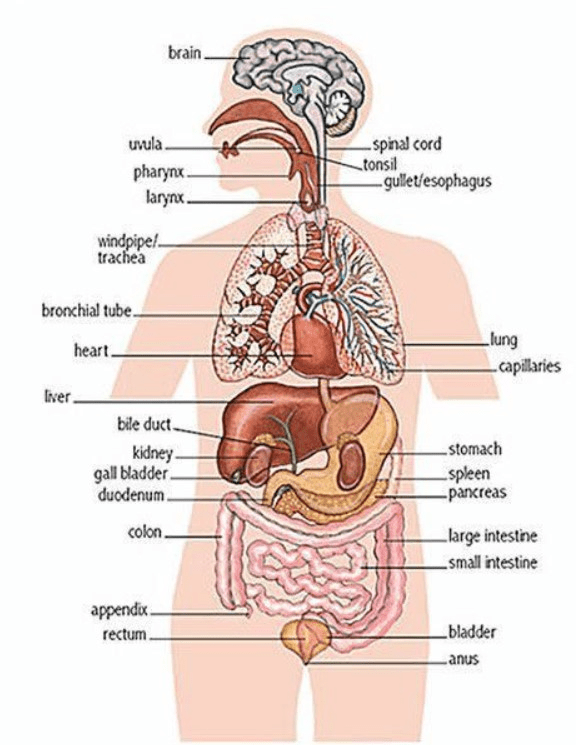
Answer:
B) Trachea
The basic unit of structure and function in living things is:
A) Tissue
B) Organ
C) Cell
D) Organ system
Cell
What are the four types of tissue in the human body?
A)Soft, Hard, Liquid, Solid
B) Bone, Skin, Blood, Fat
C) Heart, Lung, Brain, Stomach
D) Muscle, Nervous, Connective, Epithelial
Answer:
D) Muscle, Nervous, Connective, Epithelial
The heart is part of what organ system?
A) Nervous system
B) Circulatory system
C) Digestive system
D) Respiratory system
Answer:
B) Circulatory system
Which of the following are characteristics of living things?
A)Sleeping, Thinking, Eating, Drinking
B) Breathing, Floating, Melting, Rusting
C) Growth, Reproduction, Response to Stimuli, Energy Use
D) Photosynthesis, Sleeping, Moving, Dissolving
C) Growth, Reproduction, Response to Stimuli, Energy Use
Arteries move blood in this direction.
A) Toward the heart
B) Away from the heart
C) In a circular motion
D) Only to the brain
Answer:
B) Away from the heart
Human – unicellular or multicellular?
A) Unicellular
B) Multicellular
Answer:
B) Multicellular
This is where photosynthesis takes place in a plant cell. A) Mitochondria B) Nucleus C) Chloroplast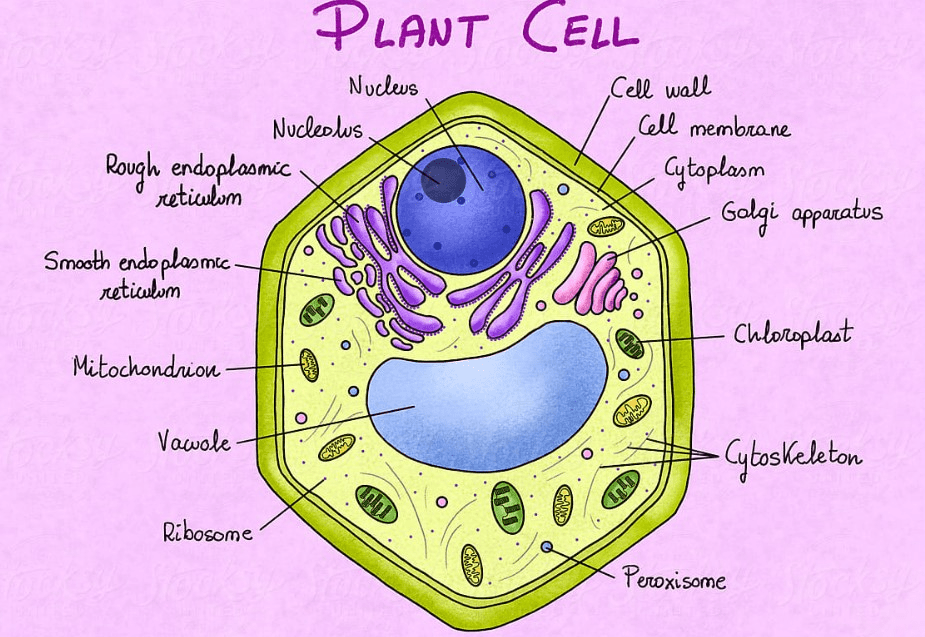
Answer:
C) Chloroplast
A group of cells is called: ________
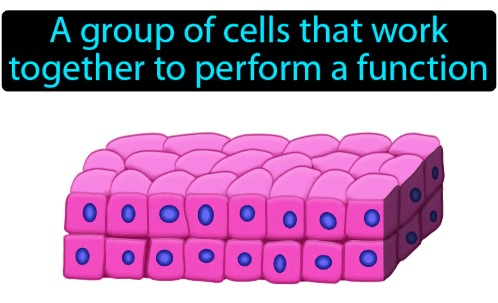
Tissue
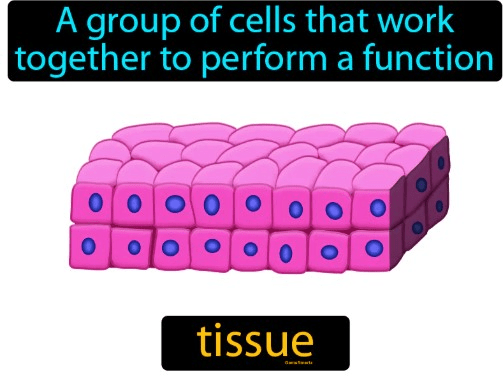
What two things does a plant cell have that an animal cell does not?
A) Nucleus and Ribosomes
B) Cell Wall and Chloroplasts
C) Mitochondria and Cytoplasm

B) Cell Wall and Chloroplasts
70% of your body is made up of this.
A) Blood
B) Water
C) Bone
D) Cells
Answer:
B) Water
Which of the following is part of the Cell Theory?
A) All living things are made of cells.
B) Cells can only be formed from non-living material.
C) All cells have the same structure and function.
D) Cells can exist without a membrane.
Answer:
A) All living things are made of cells.
Its function is energy production.
A) Nucleus
B) Ribosome
C) Mitochondria
D) Golgi apparatus
Mitochondria
+500 on top of correct answer score
The 4 stages of organization of the human body beginning with the cell:
A) Cell, Tissue, Organ, Organ System
B) Atom, Molecule, Cell, Organ
C) Organ, Organ System, Tissue, Cell
D) Cell, Muscle, Bone, Brain
What is cell, tissue, organ, organ system
Who discovered tiny living organisms known as "animalcules" and was ?
A) Robert Hooke
B) Anton van Leeuwenhoek (pick it)
C) Louis Pasteur
D) Charles Darwin
Answer:
B) Anton van Leeuwenhoek
+500 for everyone (+ correct answer score )
Which organ is responsible for filtering waste from the blood?
A) Heart
B) Kidney
C) Liver
D) Brain
Answer:
B) Kidney
Diffusion is the process in which particles move from areas of high concentration to areas of lower concentration.
Which of the following is an example of diffusion?
A) Sugar dissolving in a cup of tea.
B) A plant absorbing water through its roots.
C) Oxygen entering the bloodstream through the lungs.
D) Sodium ions being pumped into a cell.
Answer:
A) Sugar dissolving in a cup of tea.